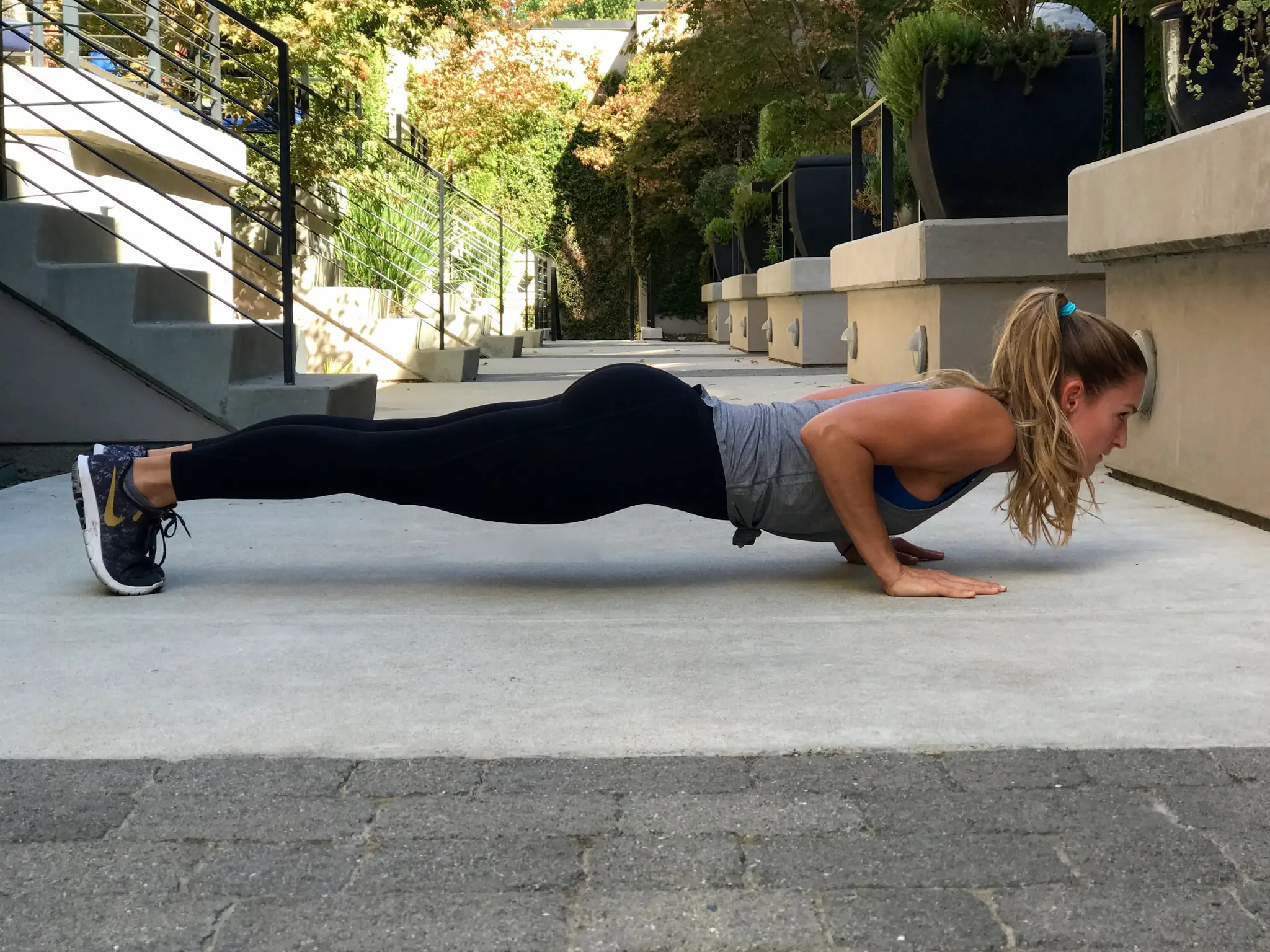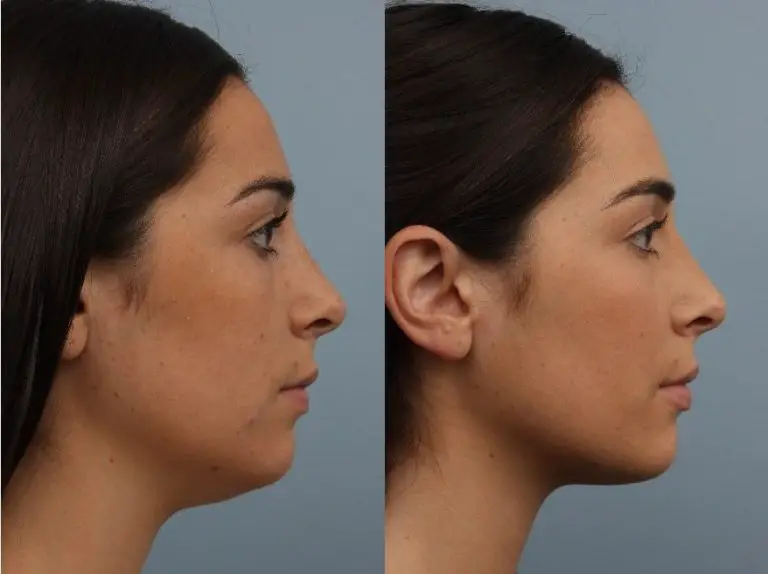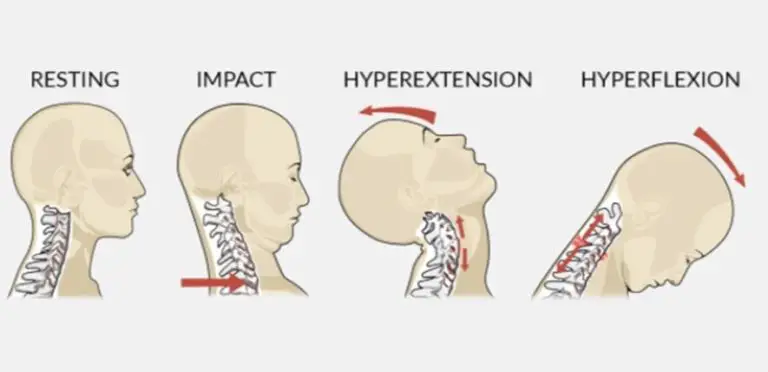Can I see result from workout out after few days ? Weeks ? months ?
How Long to See Results from Working Out ? Today’s world is characterized by physical immobility as a consequence of the online mode of living.
Workouts have become indispensable to compensate for the lack of physical activity. Incorporating workouts into the daily routine is daunting.
Often, you don’t feel like getting up to shake your body. However, once your body gets accustomed to it, you wouldn’t quit.
Expecting instant results from a workout may lead you to desperation and loss of motivation. How long to see results from working out? A single-sentence answer is not possible. Workouts make gradual, long-term impacts on the body over the course of time. Don’t get frustrated; here is how it happens once you start working out.

People work out for many reasons, either for weight loss, getting bigger muscles, or endurance. Whatever your fitness goal is, you don’t need to spend hours in the gym. That’s why everyone want to know How Long to See Results from Working Out.
An average workout of 30 to 45 minutes for 4 to 5 days per week is sufficient.
Give your body time to recover and adapt to the new bodily needs. Choose exercises that serve your fitness goal. Doing cardio as running, cycling is more appropriate for weight loss. Weight training helps to accomplish the target of gaining muscle mass. A combination of these workouts enables you to achieve both targets simultaneously.
How Fast Can Your Fitness Progress be?
Ideally, one can lose 1 to 2 pounds of weight in a week while preserving your muscles. Eliminating processed food, refined carb, and excessive sodium contributes to reducing bloating, which may have a slight effect on the physique. However, such a minor change is not significant enough in estimating the efficacy of a workout.
Fitness experts observe that an obese person, after taking training for eight weeks, might show a small change in the upper arm. Loss of fat is less visible due to muscle building. On the other hand, in another person intending to lose a few pounds, 8 to 10 weeks of training leads to defined and toned muscles. So besides other factors, the body fat percentage determines the length of time for the changes brought about.
Diet and exercise go hand in hand on the way to fitness. Any bad decision regarding any of these could spoil your journey of wellness. No uniform rule works for everyone. “How Long to See Results from Working Out ?” the answer to this question may remarkably differ based on gender, age, genetic makeup, family history, and body metabolism. Generally speaking, an average workout of 30 minutes, 4 to 5 days per week, could show results after 4 to 6 weeks. The following detail throws light on how it happens.
First Day of a Workout! See What Happens
Your body enjoys the miraculous benefits of workouts right from the beginning. Exercise increases the blood flow in muscles, including brain muscles. The elevated blood flow makes you alert and focused. Workout experience is painful, yet it is a blessing in disguise. The brain releases endorphins in response to the pain. Endorphin induces the state of euphoria that alleviates the sensation of pain and elevates your mood.
The more you exercise, the more calories your body burns—glycogen stores glucose. As the glycogen level falls, to fulfill the energy requirement, the body starts converting fats reserves into glucose. The strategy won’t work unless you check your calorie intake.
After One Week
Mitochondria are the powerhouses of your cells. The organelle utilizes oxygen to manufacture ATP (adenosine triphosphate), responsible for carrying out various cellular activities. A session of cardio leads to the production of mitochondria. In simple words, more mitochondria, more energy production, more physical activity, and the cycle repeats.
After One Month
Congratulations if you have successfully maintained a regular workout of one month. You would observe your muscle mass starting to get toned. You will feel your metabolism faster and your body fitter. A fast metabolism is a bliss as your body continues to burn calories even at rest.
Now you can gradually intensify your workouts. You can introduce weights, more reps, and long cardio sessions. More physical activity releases more endorphins. An increase in stamina enables you to perform well in various routine activities. Climbing stairs, running to catch the bus, carrying children, or grocery bags would seem relatively effortless.
After Six Months
After six months of regular workout, you would observe the strengthening of muscle mass. Not only do you look strong, but you feel strong. Your heart has become stronger due to intense blood pumping to regulate blood supply during and after a workout.
After One Year
Now when workouts have become an integral part of your life, the fruitfulness of working out might be prominent in the form of improved bone health. Besides resistance training, jogging, skipping rope, skiing, stairs climbing to improve bone density. Higher bone density reduces the possibility of bone fractures.
Results of Workouts for Mental Wellness
The results of workouts improve your mental health within 10 minutes of starting a physical activity. One year of gym therapy enables you to fight mental stress. So the immediate benefits of working out are as follows:
- Stress-relief
- Mindfulness
- Boosts self-esteem
- Sharpens memory
- Improves attention span
- Reduction in anxiety and depression
Why Your Hard Work Does Not Pay Off?
Getting benefits from workouts demands dedication, patience, consistency, and persistence. Sometimes people see no results of their workouts due to any of the following reasons. A few modifications can help.
Your calorie deficit is greater than it should be. Taking fewer calories than required doesn’t yield the desired results. To increase your calorie intake from a variety of healthy sources. There is no need to restrict yourself to a specific diet.
Slow and steady wins the race. Follow a consistent workout routine. Gaps in exercise routine cease the progress in health.
Haste makes waste. Expecting instant results and setting unrealistic weight loss targets merely end in demotivation. To answer the initial question (How Long to See Results from Working Out) : Seeing minute results after 4 to 6 weeks is an indication that your body is doing great.
Understand the correct way of doing the workout. Doing exercise in the wrong way will be of no use rather increases the possibility of potential injury.
Fast Results Could be Risky
Feeling overwhelmed by the desire to achieve fitness goals, you start a rigorous workout plan reducing calorie intake to 1200 calories per day with one hour of robust workout at the gym.
It could do more harm to your body than benefitting it. It puts your body in starvation mode. To get instant energy, your body starts consuming muscle protein instead of fats which is equivalent to metabolic damage. You might lose a pound in one or two days, misinterpreting it as fat loss. Such a change is unacceptable for your brain and hormones as it is an unnatural way of losing weight.
Contrary to this, your body welcomes slight changes to adapt to them naturally.
Such instant weight loss reverses your target of muscle gain, lowers energy level, and bounces back as weight gain.
Fitness Tips for Fitness Freaks
Maintain a Reasonable Protein Intake
Increase your protein intake with high-intensity workouts, and the results would be mind-blowing. The combination triggers fat loss and muscle building. Higher protein with low calories preserves your muscles during weight loss.
Fuel and Refill Your Body
As discussed above, excessive calorie deficit reverses the process of weight loss. The body needs the energy to do exercise. Taking 200 to 300 calories before a workout provides sufficient energy to do a workout more effectively than done on an empty stomach. Workout causes you to starve quickly. Listen to your hunger pangs. Take small healthy meals. Suppressing appetite makes you starve could lead to impulsive eating.
Time for Recovery
Overdoing is perilous, especially for a workout. Offer your body some rest days in between workout days. Rest days revitalize you for the next day’s activity. A good 6 to 8 hours of sleep gives your body time to repair the damaged tissues.
Are Scales Reliable?
Scales are unreliable not because they show wrong numbers, but they show distorted facts. In simple words, scales include the water weight of the body. Also, they show no distinction between muscle and body weight. Even constipation and diarrhea too. So the results on scales could be misleading.
Hydrate Yourself
Workout and sweating dehydrate your body. Drinking enough water curbs your appetite and boosts your body’s mechanism.
- Striving for Long-Term
- Doing a workout with long-term goals is an entirely different approach than short-term benefits. A person with a long-term approach would consider
- Regaining health for future life
- Not believing in crash diet or workout plans
- Not panicking for short-term results
- Experiment and Experience
Indulge your body in a variety of workouts. Doing the same exercises daily would make it dull. Try innovative combinations to add pleasure to your workout experience. A practical approach is to replace the low-intensity longer activity with a high-intensity short activity and vice versa.
Regular working out should be an integral part of your routine. Taking part in exercise offers you several benefits. Think of the long-term benefits. Make small alterations in your lifestyle, and here you go towards achieving your fitness goal.







